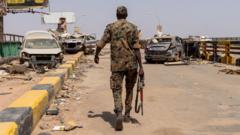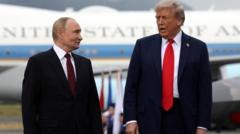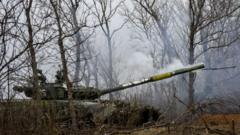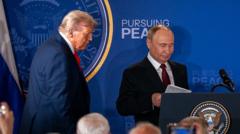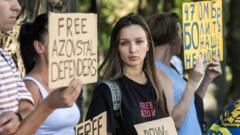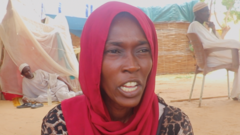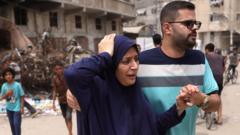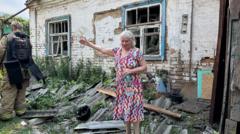The recent earthquake in Myanmar has prompted significant governmental changes regarding the structure and safety of Nay Pyi Taw, the nation's capital.
**Nay Pyi Taw Reconstruction Plans After Earthquake Damage**
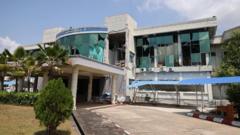
**Nay Pyi Taw Reconstruction Plans After Earthquake Damage**
Myanmar's military announces plans for a major redesign of its capital following last month’s earthquake.
In a governmental meeting, Senior General Min Aung Hlaing outlined plans to redraw the city's layout after a devastating earthquake struck on March 28, inflicting severe damage on government buildings. The quake, measuring 7.7 in magnitude, resulted in at least 3,500 deaths and countless injuries—over 5,000, according to state media. This seismic event caused an alarming 70% of government buildings in Nay Pyi Taw to sustain damage. The earthquake’s impact drew attention to Nay Pyi Taw’s previously questionable construction practices, primarily due to its foundations on soft soil.
To prevent future catastrophes, the military council announced that reconstruction efforts will prioritize earthquake-resistant designs, with soil assessments to precede any rebuilding. Many government officials and ministries are migrating offices temporarily to Yangon, the previous capital located 366 kilometers away, as repairs in Nay Pyi Taw take place. This includes the Ministry of Foreign Affairs and Ministry of Tourism.
Nay Pyi Taw, established only in 2005, covers an expanse four times larger than London, yet remains sparsely populated. Deliberate planning led to broad avenues and large public spaces, including recreational areas and shopping centers, many of which currently sit underutilized. The capital's location and the decision to move it from the populous Yangon continue to stir public curiosity regarding the motivations behind its establishment.
The ongoing civil strife in Myanmar has compounded challenges in recovery efforts. A temporary ceasefire was declared to facilitate humanitarian assistance, although reports indicate military actions persisted against resistance-held regions. As the nation grapples with these multifaceted crises, the path forward for Nay Pyi Taw—and Myanmar as a whole—remains uncertain.
Efforts are underway to salvage and relocate valuable cultural artifacts from the National Museum, as staff strive to preserve significant documents, manuscripts, and literature threatened by ongoing instability. With repair and reconstruction likely to extend over several years, the implications for governance, culture, and civil order in the capital will be closely monitored by both domestic and international observers.
To prevent future catastrophes, the military council announced that reconstruction efforts will prioritize earthquake-resistant designs, with soil assessments to precede any rebuilding. Many government officials and ministries are migrating offices temporarily to Yangon, the previous capital located 366 kilometers away, as repairs in Nay Pyi Taw take place. This includes the Ministry of Foreign Affairs and Ministry of Tourism.
Nay Pyi Taw, established only in 2005, covers an expanse four times larger than London, yet remains sparsely populated. Deliberate planning led to broad avenues and large public spaces, including recreational areas and shopping centers, many of which currently sit underutilized. The capital's location and the decision to move it from the populous Yangon continue to stir public curiosity regarding the motivations behind its establishment.
The ongoing civil strife in Myanmar has compounded challenges in recovery efforts. A temporary ceasefire was declared to facilitate humanitarian assistance, although reports indicate military actions persisted against resistance-held regions. As the nation grapples with these multifaceted crises, the path forward for Nay Pyi Taw—and Myanmar as a whole—remains uncertain.
Efforts are underway to salvage and relocate valuable cultural artifacts from the National Museum, as staff strive to preserve significant documents, manuscripts, and literature threatened by ongoing instability. With repair and reconstruction likely to extend over several years, the implications for governance, culture, and civil order in the capital will be closely monitored by both domestic and international observers.

